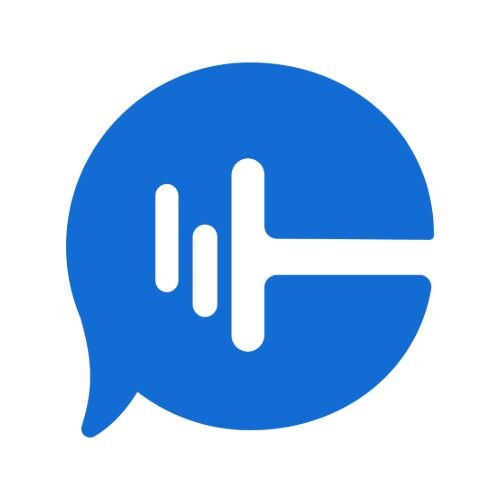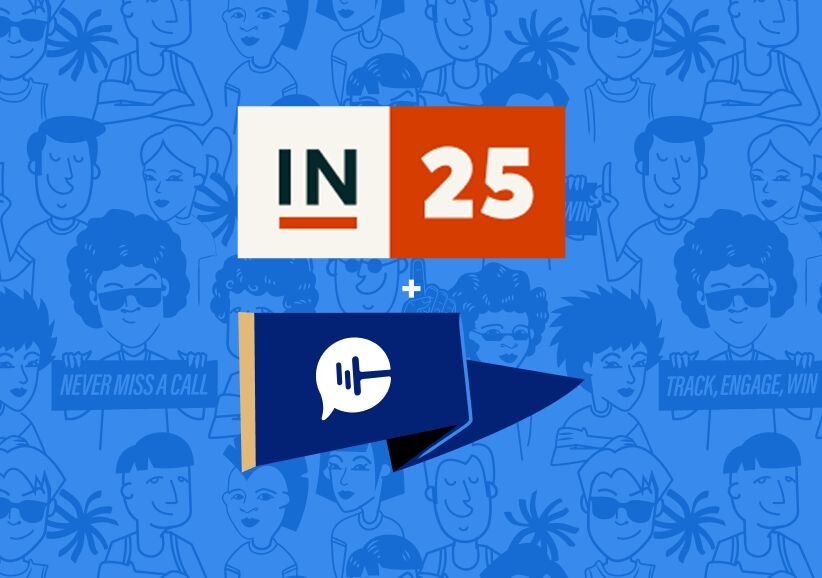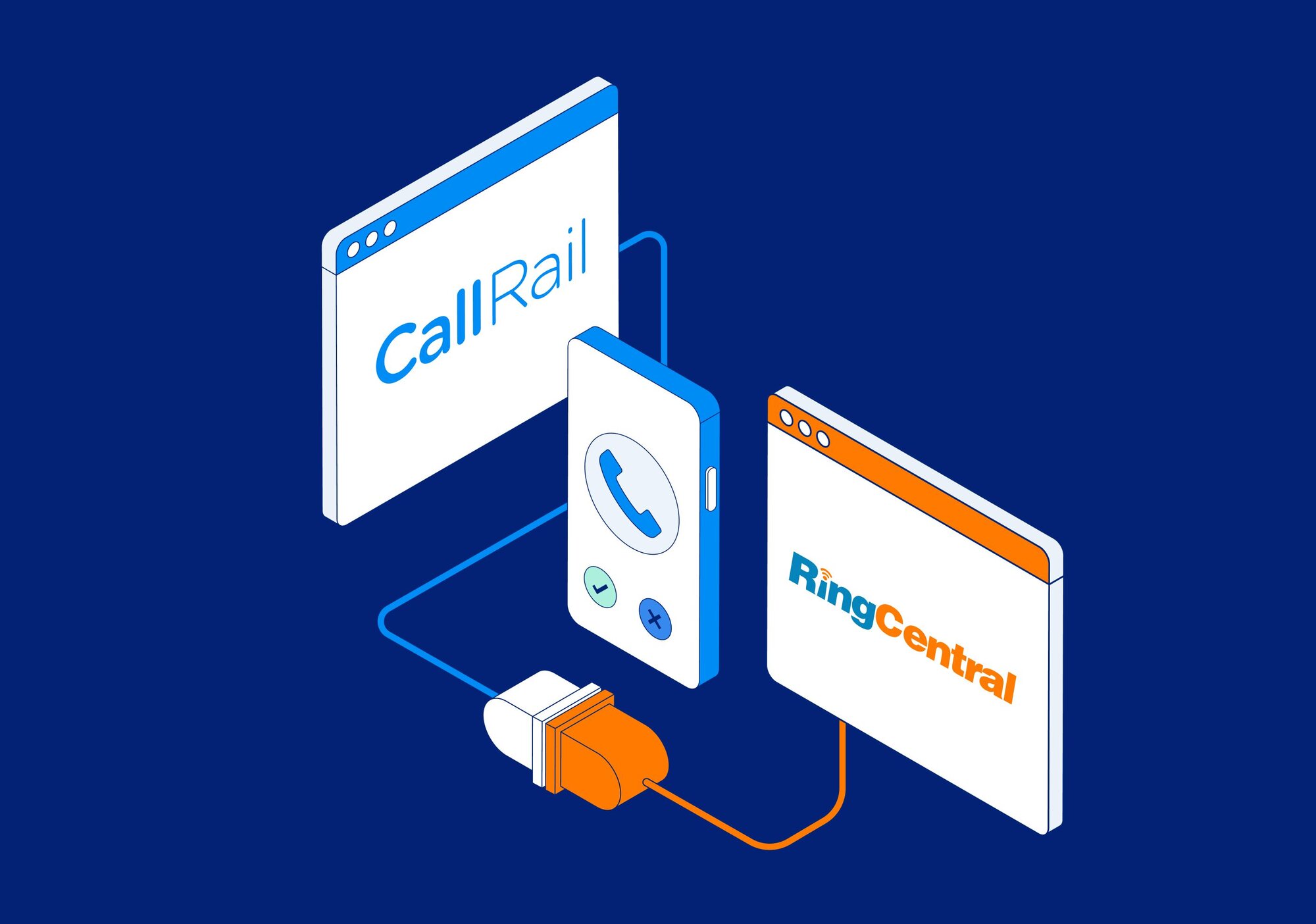We’re always looking to integrate with popular software that we use on a regular basis, which is the case with the real time messaging application, Slack. Our Slack integration brings data from CallRail about calls, text messages, and for submissions right into Slack. It’s quickly becoming one of our most popular integrations here at CallRail.
Get to Know Slack
Slack is a messaging app for businesses and teams. On its product page, Slack is clear about what it does: “real time messaging that works.” Much of the company’s success is due to the efficiency gains by having real-time employee interactions taking place in a single app that’s transparent, searchable, and integrates with many of the apps teams are already using.
Some would say it’s a messaging platform, since so many other apps are building on top of Slack. Considering its astounding success in the market, it makes sense that developers would want to build integrations. Slack is seeing widespread adoption among small businesses, medium business, and enterprises worldwide. It might surprise many of our readers that the company was recently valued at $2.8 billion.
I recently wrote about the rise of business messaging apps like Slack and HipChat for a Street Fight Magazine article, where I dive into their appeal for small businesses and what to expect from some of the tech giants also going after this market.
Why Businesses Use Slack
One of the key characteristics of Slack is its extreme customizability. A team that begins using it will find a myriad of useful customizations that can be tailored for their business. It integrates with the most popular apps on the web today, which considerably expands its functionality.
For example, we’ve used Wufoo sales forms on our website for prospects to request a demo of CallRail. Because Slack has configurable incoming webhooks, we can be alerted in Slack when a prospect fills out a Wufoo form. We configured the Wufoo standard webhook to alert our Slack “Sales” channel (essentially a chat room for our sales team) when a prospect submits a form. Inside the alert is the form’s contents so our sales team, indeed our entire company, can quickly see the prospect’s request.
Demonstrated by the example of our sales team above, the primary draw of Slack for teams is its customizability and the transparency it helps foster. Our employees are encouraged to use the public channels as much as possible for work interactions so that everyone in the company can peer in and catch up on what’s being worked on. The efficiency gained by using a messaging application like Slack can’t be understated.
Simply put: Slack brings team communication into one, highly customizable, searchable interface that speeds up collaboration. What was once spread out between text messages, G-chat, and even email can now happen in Slack’s cross-platform application on any device.
What Problem Does CallRail’s Slack Integration Solve?
Our customers that use Slack spend much of their day communicating with their teams in the application. Many of them want real time notifications when there is a call, text message, or lead capture tracked by CallRail. By configuring a Slack incoming webhook from CallRail, users can send notifications about CallRail activity directly in the appropriate Slack channel.
One of our customers who develops marketing solutions for lawyers, Andrew Cabasso of Jurispage, put it best when I reached out to him about the integration:
“We love the Slack integration. It’s like a Caller ID for the company.”
Setting Up CallRail’s Slack Integration
Here’s a quick summary of how to set up our Slack integration.
- Go to the integrations settings for your Slack team by going to the URL: [YourTeamName].slack.com/services/new
- Scroll down until you see “DIY Integrations & Customizations” and click on “Incoming Webhooks”.
- Choose a Slack channel to receive the inbound notifications or create a new one.
- Once you’ve selected a Slack channel to receive the notifications, click the button that says “Add Incoming Webhooks Integration”.
- Copy the Webhook URL on the next page and paste it into CallRail’s Slack integration setup page.











